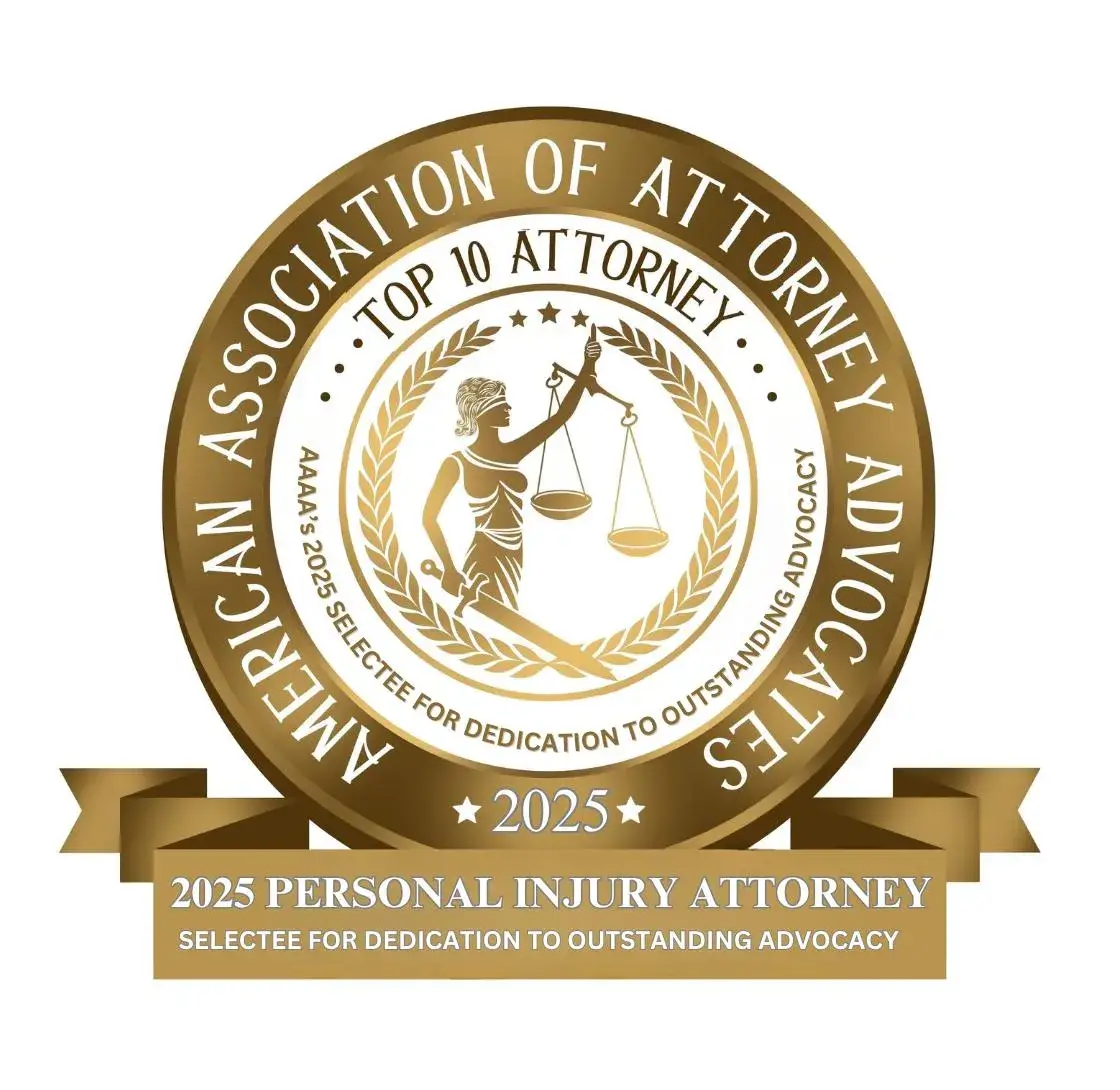Proving Fault: What is Negligence?
In cases involving accidents or injuries, the legal basis for holding a person or company legally responsible for resulting harm is known as “negligence.” This is most easily known as someone acting in a careless way and causing an injury to another person. Under the legal principle of negligence, the person being carless will be held legally liable for any resulting harm sustained. There are generally four elements that you will see in a negligence claim.
- Duty: The defendant owes a legal duty to the plaintiff under the given circumstances.
- Breach: The defendant breached their legal duty to the plaintiff by acting or failing to act in a certain way.
- Causation: It was the defendant’s actions or failure to act that actually caused the plaintiff’s injury.
- Damages: The plaintiff was harmed or injured as a result of the defendant’s actions.
So, what happens in regards to determining legal liability if someone was being careless and you were injured as a result? When it comes to the rules of liability, if one person involved in an accident was less careful than another, the less careful one must pay for at least a portion of damages involved. The following can be taken into consideration when dealing with legal liability and carelessness:
- In some cases, the injured person was not where they were supposed to be. In this case, the person who caused the accident might not be held liable because they don’t owe a duty.
- If a negligent person causes an accident while working for someone else, the employer may also be legally responsible for the accident.
- If an accident is caused on dangerous property because of poor building or maintaining, the owner will be liable in being careless.
- If an accident is caused by a defective product, the manufacturer or seller of the product are both liable.
When More Than One Person Is At Fault
In some cases, more than one person is responsible for an accident. The law in most states will provide, in a case like this, that any one of the careless parties is responsible for compensating you fully for your injuries. If one person ends up being liable and insured and another is not, you can make your claim against the insured person for the full amount. It is important to consider everyone you think might be responsible and notify each of him or her that you may file a claim for damages. In the end, after you discover how the accident happened and which insurance company wants to take responsibility, you can pursue a claim against one.
There May Be Restrictions!
More generous states, in a negligence case, will allow you to recover compensation for your injuries in an amount based on the other person’s fault no matter how great your own fault was. However, most states will use a more restrictive rule in which you won’t be able to recover anything if your own fault was 50% or more with involvement in the accident. You will need to speak with an attorney to find out what applies to your specific state.
Speak to an attorney today at MDL and find out where you stand in your negligence case! We will be able to work with you and answer any questions you may have regarding who is at fault.



















